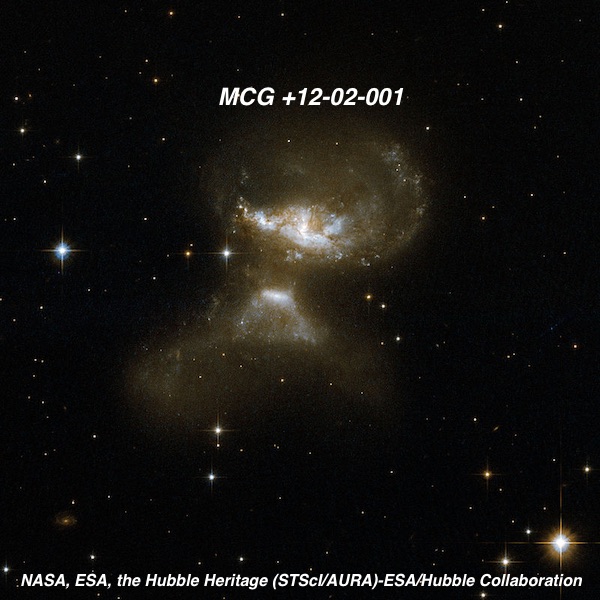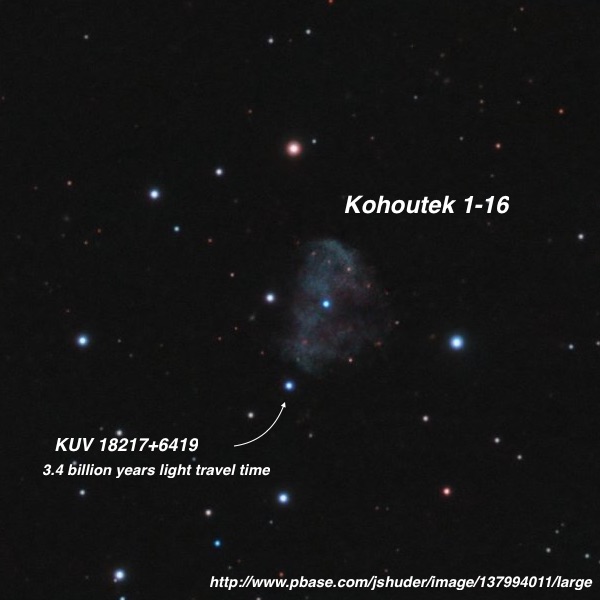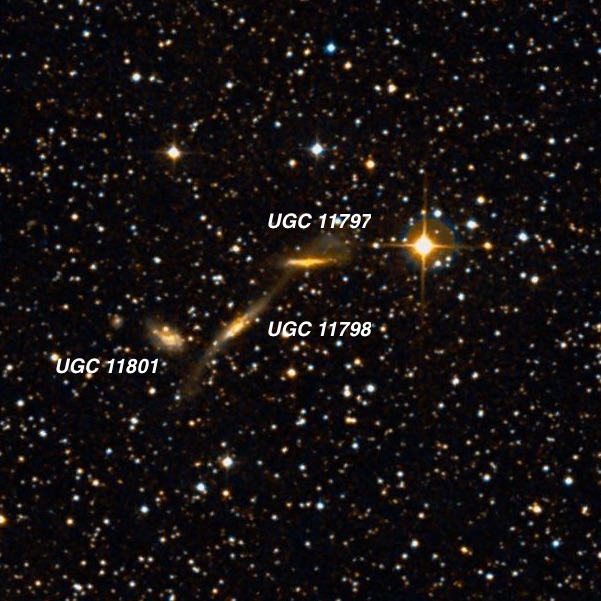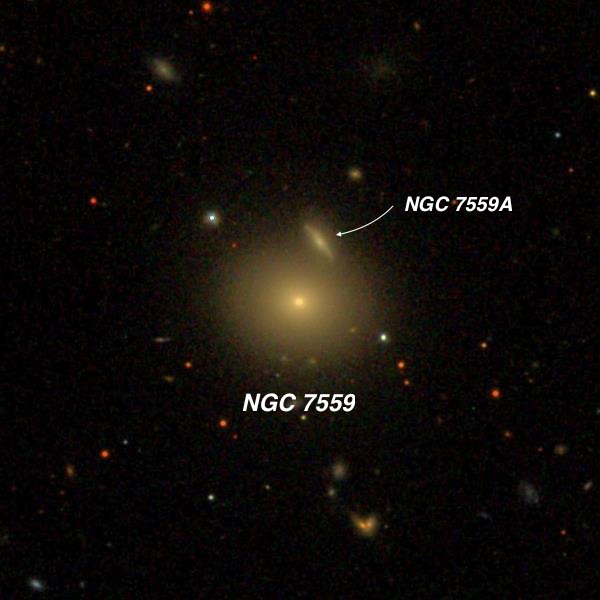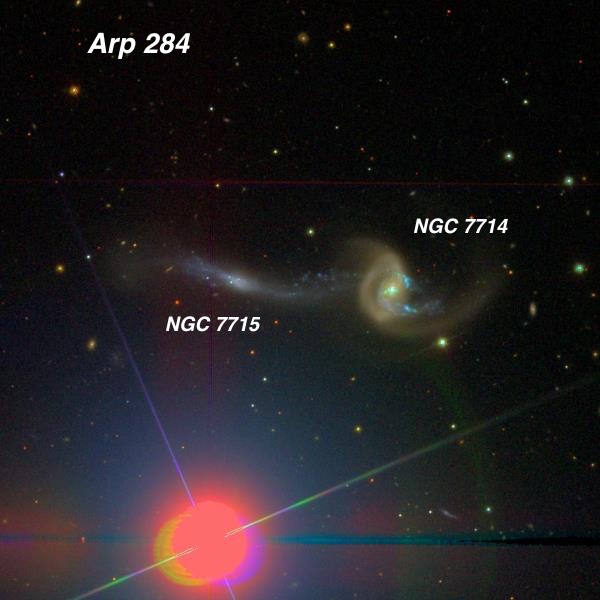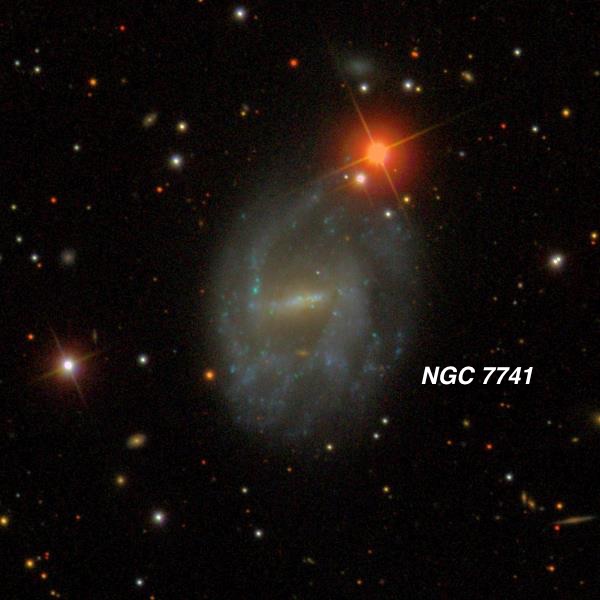OR: Adventures in the White Mountains (Part I)
by Steve Gottlieb
|
The next day I met up with Al Smith (Santa Cruz) for breakfast in Bishop and drove up to Grandview Campground, the gateway to the Bristlecone Pine Forest in the White Mountains at an elevation of 8600 ft. This is a very primitive site, in terms of camping – no water, no food, no flush toilets, no trash cans, little shade. The attraction is stunning views along the road of the entire length of the Sierra Nevada, walking among the oldest trees in the world (up to 5000 years old) and observing in one of the prime dark locations in California.
At the campground Al and I met up with Bruce Sokol from southern San Diego county, who had already reserved several camping sites for the rest of our group that would be arriving within the next day. In the afternoon, Jimi and Connie Lowrey drove in from West Texas in their camper (3 day drive) and Paul Alsing and Debbie Searle, Kemer Thomson and John Hoey arrived from the San Diego area, Later we were also joined by Carter Scholz from Berkeley. In this mountain region during the summer there is always a decent chance of waves of moist and unstable Monsoon flow moving in from the southwest desert and wiping out observing prospects. But we were fortunate to have at least 5 consecutive crystal-clear nights (by the time Jimi, Paul and Debbie left) with SQM readings in the 21.7-21.8 range. We noticed a trace of smoke to the west at sunset on the first night but it had no affect on observing. Among us we shared two 24" f/3.7 aluminum scopes, two 18" Obsessions (a Classic and a Ultra Compact), and a homemade 16". I prepared my usual eclectic list of observing targets for my 24" – bright NGC and dim Abell planetaries, Palomar globulars , interacting Arp and Vorontsov-Velyaminov pairs, small galaxy groups and Superthin galaxies – and ended up tracking down (with the help of Jimi Lowrey) 109 objects over 4 nights. Here’s are some observations from the first two nights, all with my 24”. — Steve Gottlieb |
|
MCG +12-02-001 = PGC 3183 On the DSS and HST image above, MCG +12-02-001 is fascinating interacting group of at least two galaxies within 20". The main galaxy is a LIRG (Luminous Infrared Galaxy) with an active nucleus and strong emission lines. It’s likely a merger of two more galaxies itself. Unfortunately this is a dim target (B = 15.6) and visually it appeared as an extremely faint, round glow, only 15” diameter, with a very low surface brightness. A small group of four mag 14-15 stars (roughly forming a parallelogram) lies 2' NE. Located 7' SW of a very wide mag 8.6/9.3 pair [1.3' separation]. This is a tough galaxy to track down in a lonely region of northern Cassiopeia.
III Zw 22 = Shakhbazian 38 III Zw 22 is a VERY compact chain (total length of only 33”!) of 4 galaxies in Pisces oriented WSW-ENE. The halos are merged on the SDSS image above. It was picked up as a very faint, small glow at 200x. At 375x it was still unresolved (the brightest individual galaxy is mag 16.5V), but clearly elongated WSW-ENE, ~0.4'x0.15'. A mag 16 star (white star to the lower left of the chain) is less than 30" ESE.
Taffy II Pair = UGC 813/816 = VV 769 Like the original "Taffy" galaxies UGC 12914 and 129155, these post-collisional spiral galaxies in Andromeda are joined by a synchrotron radio bridge whose brightness contours resemble stretched bands of taffy. Most of the H I gas was stripped by the collision ~50,000,000 years ago and now lies in the bridge. This paper has all the details – http://iopscience.iop.org/article/10.1086/339558/pdf. At 375x UGC 813 appeared faint to fairly faint, very elongated ~3:1 WNW-ESE, 0.55'x0.2'. A mag 16 star is superimposed at the ESE end. UGC 816, just 45” NE, is the slightly brighter member of the pair. It appeared fairly faint, fairly small, elongated 3:2 N-S, 0.6'x0.4', slightly brighter core. The beginning of the northern spiral arm was just visible bending to the west.
K 1-16 = PK 94+27.1 = PN G094.0+27.4 Here’s a very unusual target – a challenging planetary (Kohoutek 1-16) in Draco with a relatively bright distant quasar at its edge!: The planetary was picked up at 200xusing a NPB filter as a very faint, fairly small, roundish glow, roughly 40" diameter. The 15th magnitude central star was occasionally visible with the filter and was easily visible continuously unfiltered. A mag 13.3 star is just off the east side. KUV 18217+6419, a 14th magnitude quasar at 3.4 billion light-years distant, was easily visible as a “star” off the southeast side, 1.4' from center! Talk about a contrast in distances!
UGC 11798 trio This remarkable triplet lies in the rich star fields of Cygnus, far afield from the usual galaxy hunting grounds. At 322x UGC 11798 appeared fairly faint, moderately large, very elongated 4:1 NW-SE, 1.0'x0.25', broad weak concentration. UGC 11797, just 1.8’ NW, is slightly smaller and seen as a faint, moderately large glow , very elongated 4:1 or 5:1 E-W, 0.7'x0.15', nearly even surface brightness. The major axis is collinear with mag 8.5 SAO 51224 2.2' W. On the SDSS image above, a tidal arm or plume from UGC 11798 appears to wrap around UGC 11797. UGC 11801 si 1.2’ ESE of UGC 11798 and was logged as fairly faint, fairly small, elongated 5:3 WSW-ENE, 25"x15", broad concentration. A mag 15.2 star is at the northeast end.
UGC 12342 = VV 738 The SDSS image above reveals an apparent interacting pair with a distorted blue looping galaxy on the south side. This system has a similar appearance to UGC 10402 = VV 560. Using 375x I found it fairly faint, fairly small, elongated roughly 2:1 ~N-S. There appears to be a brighter knot at the north end that bulges out to the northwest. On the SDSS this feature appears to be the nucleus of the galaxy or the northern component of the two distorted galaxies. An unequal 5" to 6" double star [mag 11-11.5 primary] is 3.3' NE. Located 7.3' NNW of mag 6.4 HD 218101. UGC 12350 lies 13’ NE. You’ll find this strange galaxy in Pegasus.
Palomar 13 Albert Wilson of Cal Tech discovered this sparse globular cluster while examining the Palomar Observatory Sky Survey plate in 1955. It's one of the smallest, and faintest globular clusters in the Milky Way. Although it resides in the halo of our galaxy, its highly eccentric orbit brings it relatively close to the galactic center every billion years or so. During one of these plunges, gravitational forces strip away its remaining halo stars. Palomar 13's latest close approach was ~70 million years ago and it is thought the next passage through the galactic plane may be the final demise of the cluster. At 324x, all that is visible is an extremely faint glow, roughly 0.4’ in diameter, with a very low surface brightness. It only occasionally “popped" but the precise position was confirmed using the nearby double star BRT 1364 = 11.4/11.9 pair at 4.5” (merged on the SDSS image above), which lies just 1.7’ E. A mag 15.5 star lies 0.8’ N of the dim globular. NGC 7479, a beautiful barred spiral, is located 38’ SW!
NGC 7559 At 375x the main NGC galaxy is moderately bright, fairly small, slightly elongated, 45"x35", small bright core. A mag 15.5 star is 0.8' NE. My main target was the companion at the edge of the halo. With averted vision, NGC 7559A was seen just off the NNW edge [24" from center]. It appeared extremely faint [V ~15.5] and small, perhaps 8" diameter. On the SDSS image above NGC 7559A is an edge-on galaxy, but I probably only noticed the brighter nucleus. It was a bit easier to view at 282x. NGC 7563 lies 6.2' SSE. A mag 9.3 star 8.7' SW forms the vertex of an isosceles triangle with NGC 7563 and 7559.
Halton Arp placed NGC 7625 in his category of galaxies with "Irregularities, absorption and resolution”. This Pegasus galaxy is rich in gas, criss-crossed by several dust lanes and contains numerous HII regions, which are indicative of violent star formation. It has been proposed NGC 7625 is a post-merger, though only a single disturbed galaxy is seen. At 375x it appeared bright, moderately large, roundish, well concentrated with a large bright core that is irregular and mottled and a small nucleus. The halo is much fainter and extends at least 1.0' diameter. With careful viewing I had the impression there was two close nuclei or perhaps a knot was close to the nucleus. The DSS and SDSS shows at two or more intersecting dust lanes, though this feature was not confidently seen.
UGC 12591 UGC 12591 in Pegasus is one of the heaviest known spiral galaxies with a mass of 600 million solar masses (http://www.eso.org/public/unitedkingdom/news/eso0041/). Another online source claims a mass of 2 trillion solar masses. In 1986 it was announced that "Observations at 21 cm and optical observations of the S0/Sa galaxy UGC 12591 show that this galaxy possesses the largest rotational velocity of any disk system known so far. At 500 km/s, it exceeds by 30 percent the largest values previously measured." I found this monster moderately bright, elongated 5:2 or 3:1 SW-NE, sharply concentrated with a very small bright nucleus. There is a sharp light cut-off along the south edge due to a dust lane and the halo is more rounded or bulges out on the north wide. The section of the galaxy south of the dust lane was not seen with certainty.
This interacting, distorted pair lies in Pisces. For a remarkable HST image of NGC 7714 see http://www.spacetelescope.org/news/heic1503/. The description reads "NGC 7714 is a spiral galaxy at 100 million light-years from Earth — a relatively close neighbour in cosmic terms.” The galaxy has witnessed some violent and dramatic events in its recent past. Tell-tale signs of this brutality can be seen in NGC 7714's strangely shaped arms, and in the smoky golden haze that stretches out from the galactic centre. So what caused this disfigurement? The culprit is a smaller companion named NGC 7715, which lies just out of the frame of this image — but is visible in the wider-field DSS image. The two galaxies [Arp 284] drifted too close together between 100 and 200 million years ago, and began to drag at and disrupt one another’s structure and shape. As a result, a ring and two long tails of stars have emerged from NGC 7714, creating a bridge between the two galaxies. This bridge acts as a pipeline, funnelling material from NGC 7715 towards its larger companion and feeding bursts of star formation. Most of the star-forming activity is concentrated at the bright galactic centre, although the whole galaxy is sparking new stars. Astronomers characterise NGC 7714 as a typical Wolf-Rayet starburst galaxy. This is due to the stars within it; a large number of the new stars are of the Wolf-Rayet type — extremely hot and bright stars that begin their lives with dozens of times the mass of the Sun, but lose most of it very quickly via powerful winds." Visually, NGC 7714 appeared bright, moderately large, irregular shape. Contains a very bright quasi-stellar nucleus and a close knot on the NW side. The halo is irregular in outline. NGC 7715 2' E. NGC 7715 was fairly faint, moderately large, very elongated 4:1 WSW-ENE. Contains a brighter core and low surface brightness extensions (arms) that increase in size with averted vision to ~1.4'x0.35'. On images the western arm or tidal bridge stretches to brighter NGC 7714 1.8' W, though there was no visual connection. Located 3' N of mag 5.7 16 Psc and the bright star compromises the view.
NGC 7741 This large, barred spiral is in Pegasus. I found it bright, fairly large, dominated by a central bar extending at least 3:1 E-W, ~45"x15". A very low surface brightness arm is attached at the west end of the bar and extends to the south. The corresponding arm extending north on the east end was less obvious and only marginally glimpsed. The arms blend into a low surface brightness halo ~2' in diameter. A nice mag 9.8/12 double star is off the NW side 2' from center. |

